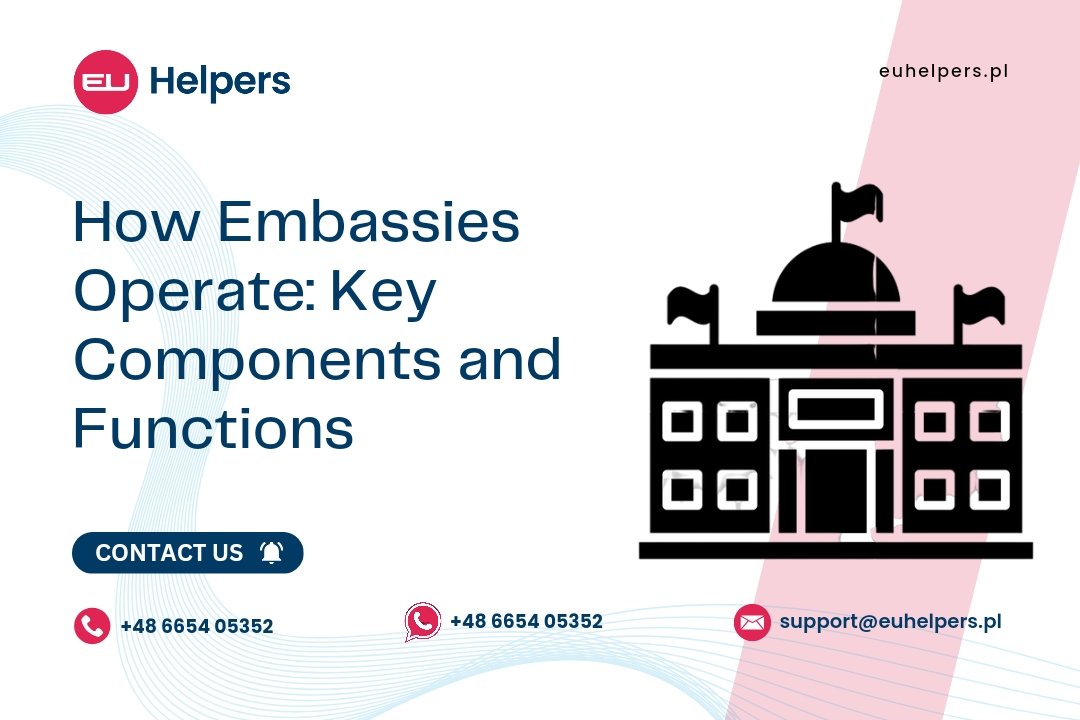Embassies operate through a well-organized staff responsible for handling key diplomatic issues, including negotiations and immigration matters. To fully grasp how embassies function, it's essential to understand four main components:
1. The Head of the Embassy: Embassies are led by ambassadors, who serve as the official representatives and spokespersons for their home countries. The process of appointing ambassadors varies by country. For instance, in the United States, ambassadors are appointed by the President and must be confirmed by the Senate. An ambassador's tenure can last up to four years, depending on their appointment terms.
2. The Delegation: The embassy staff works collectively with the ambassador to fulfill their diplomatic mission. This team can include both locals and personnel from the ambassador's home country. Typical embassy staff includes economic officers, political officers, media managers, secretarial staff, and housekeeping staff, among others.
3. The Building: Embassies have designated buildings in the host country that serve as office spaces. Sometimes, the ambassador may reside in the embassy, but more often, the building functions as a shared office space. While "embassy" commonly refers to both the building and its staff, the correct term for the physical building is "chancery."
4. The Services: Embassies provide various services, especially in the absence of a consulate. These services include visa and passport processing, financial grants, cultural exchange programs, and business opportunities in both countries. These consular services complement the embassy's primary role of fostering international relations.
Understanding these components helps clarify the intricate workings of embassies and their crucial role in maintaining and promoting diplomatic relations between countries.

